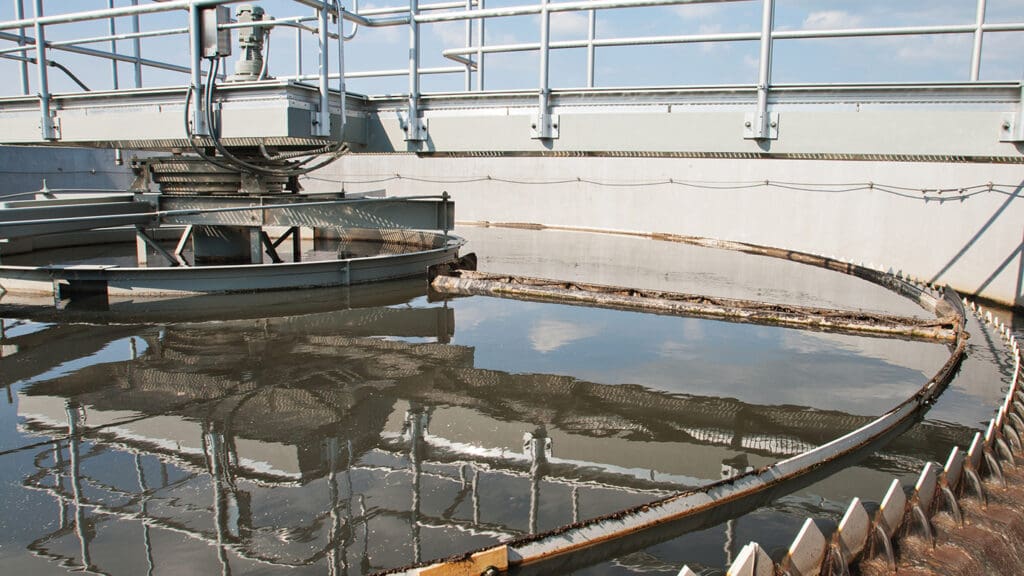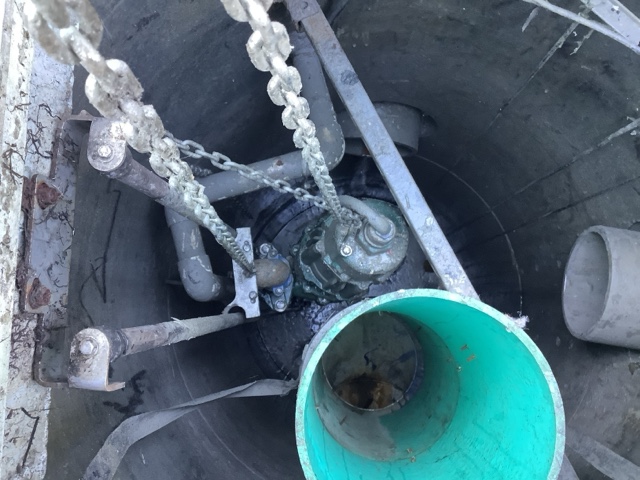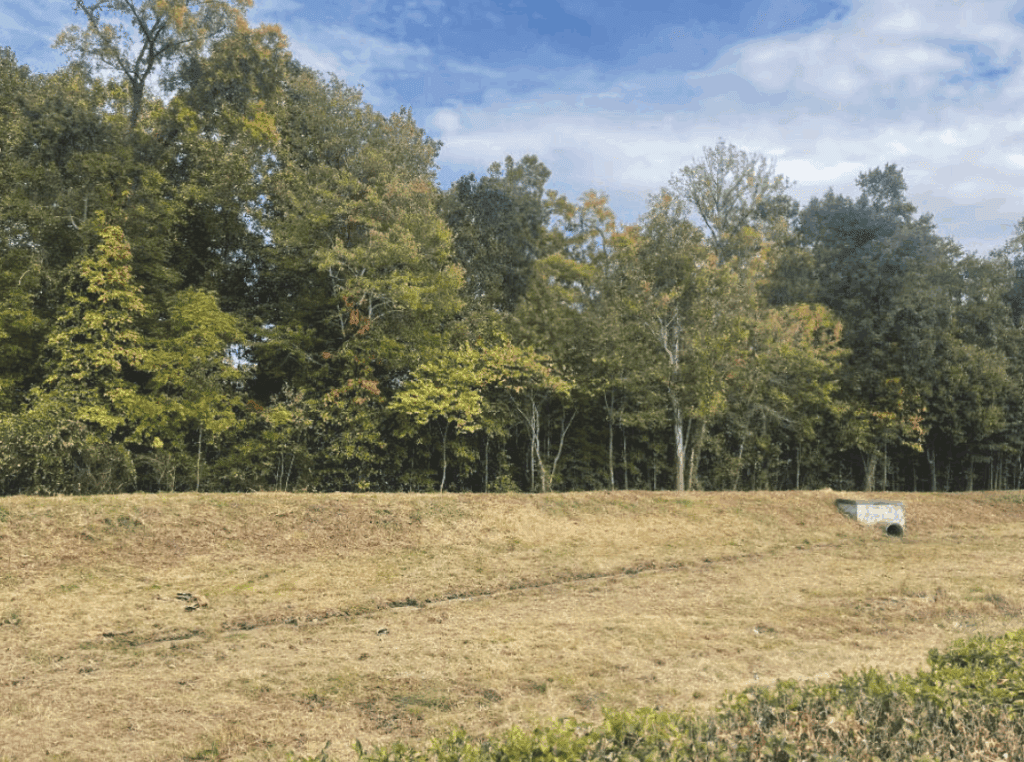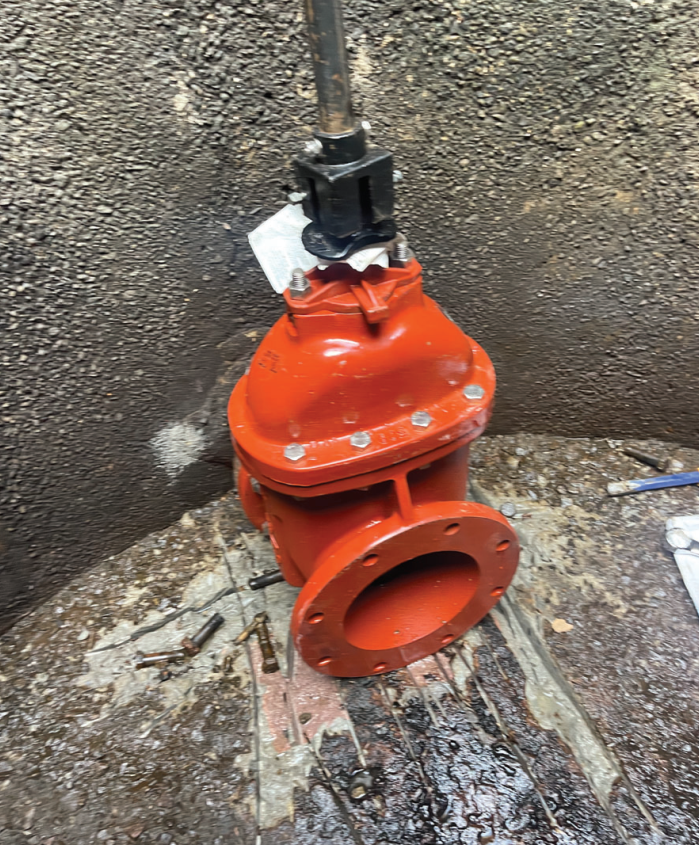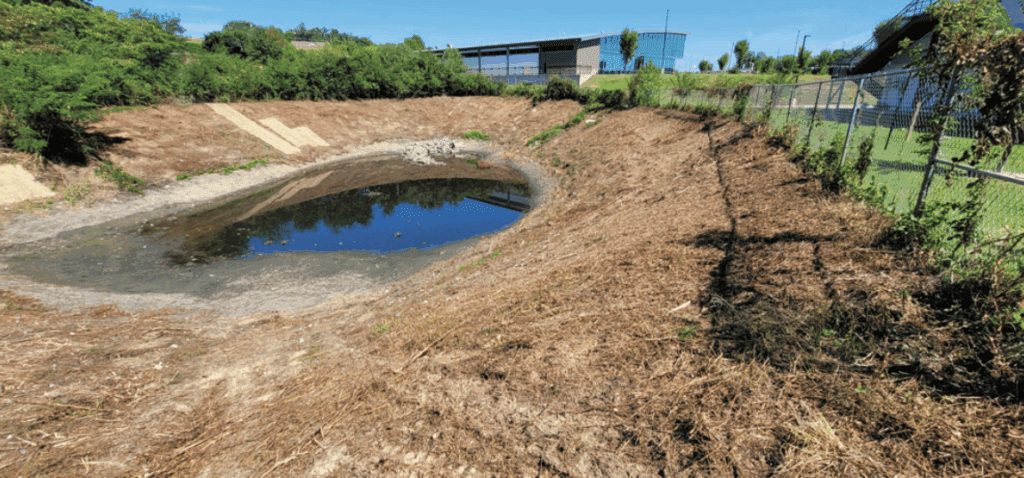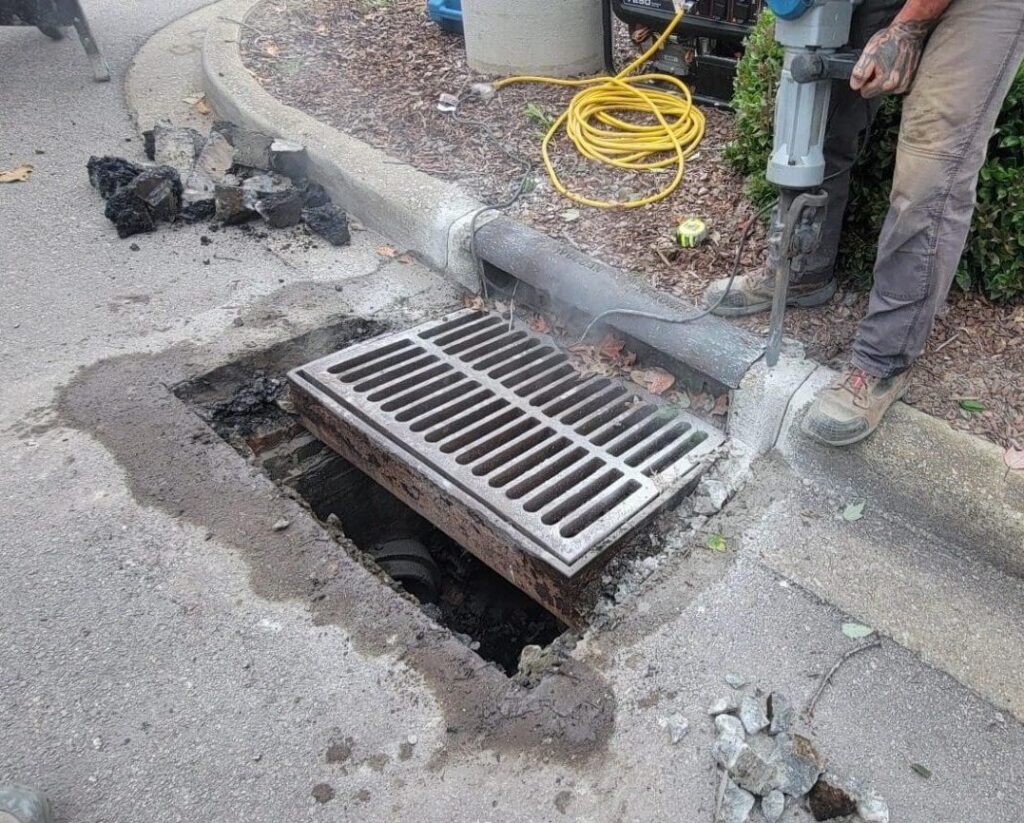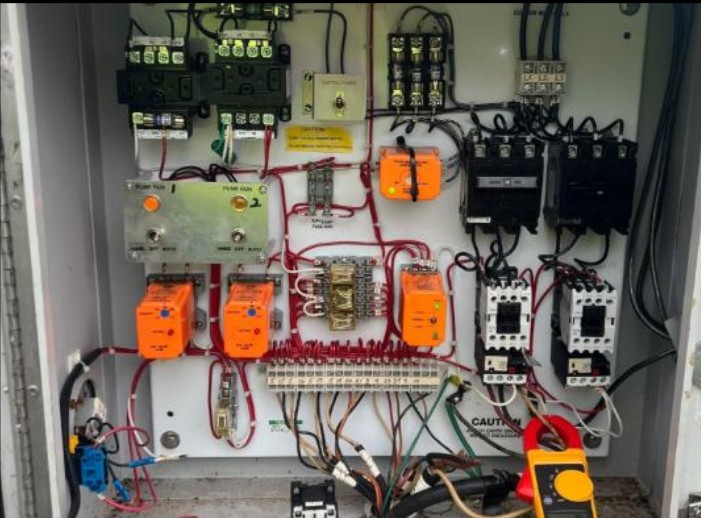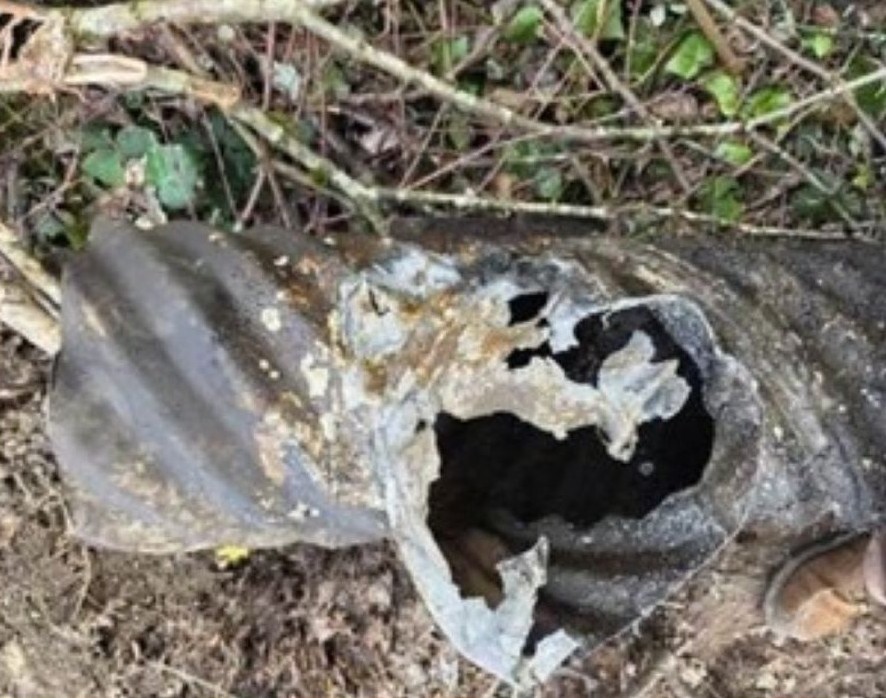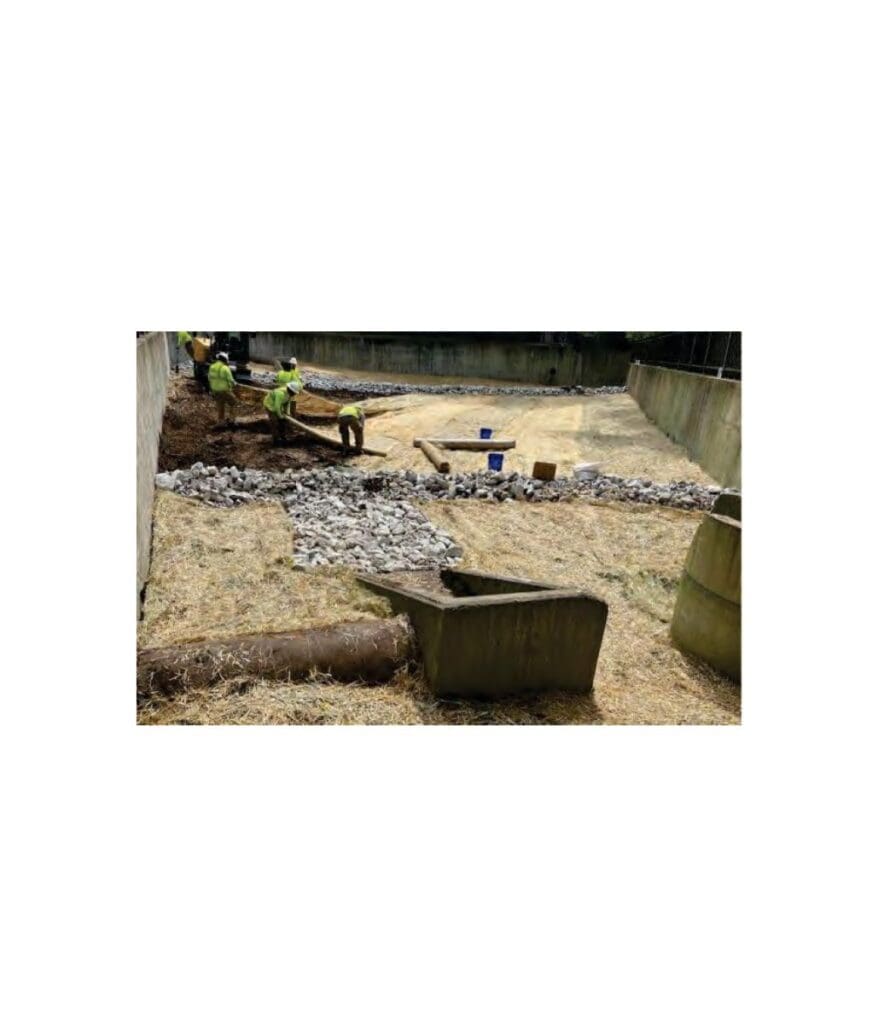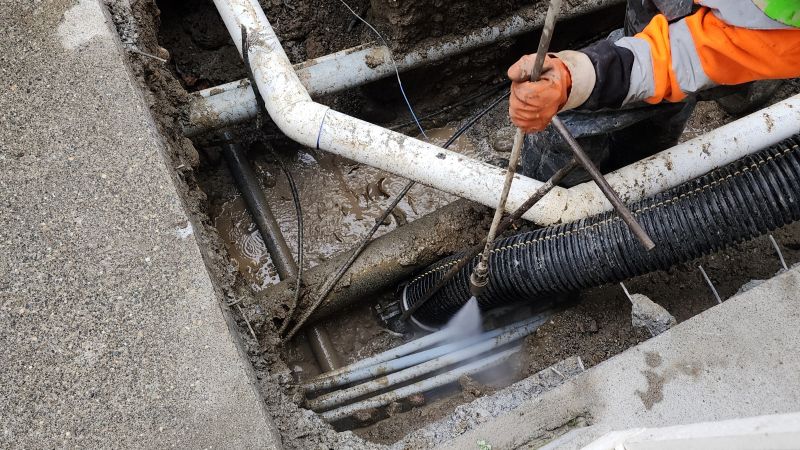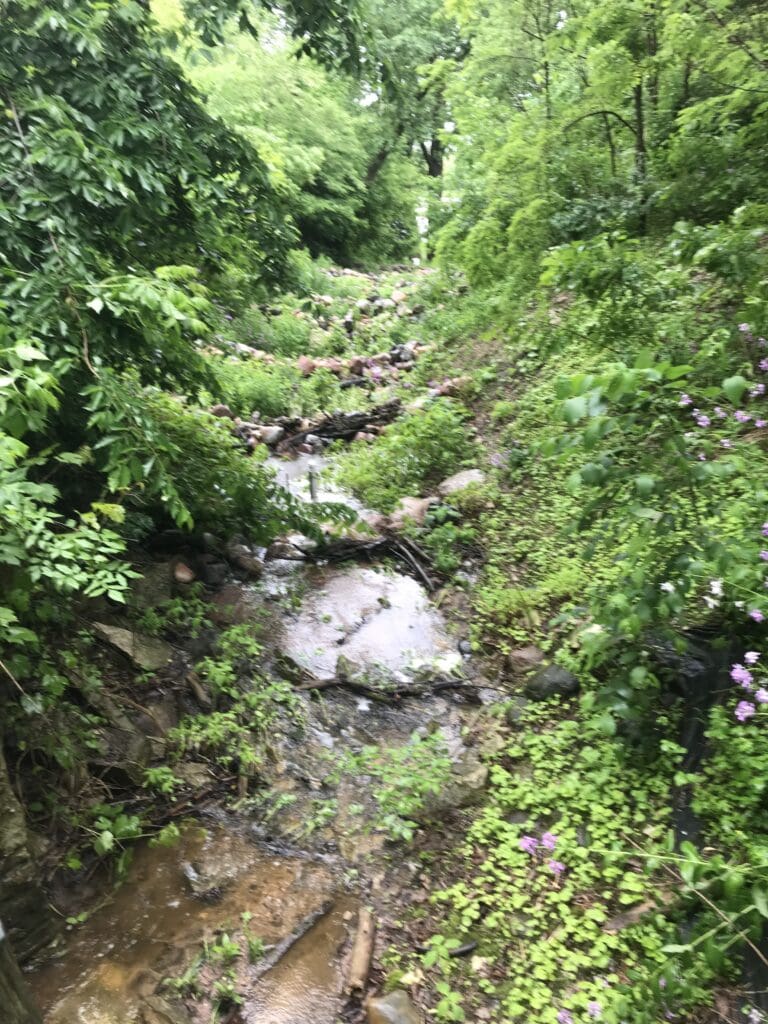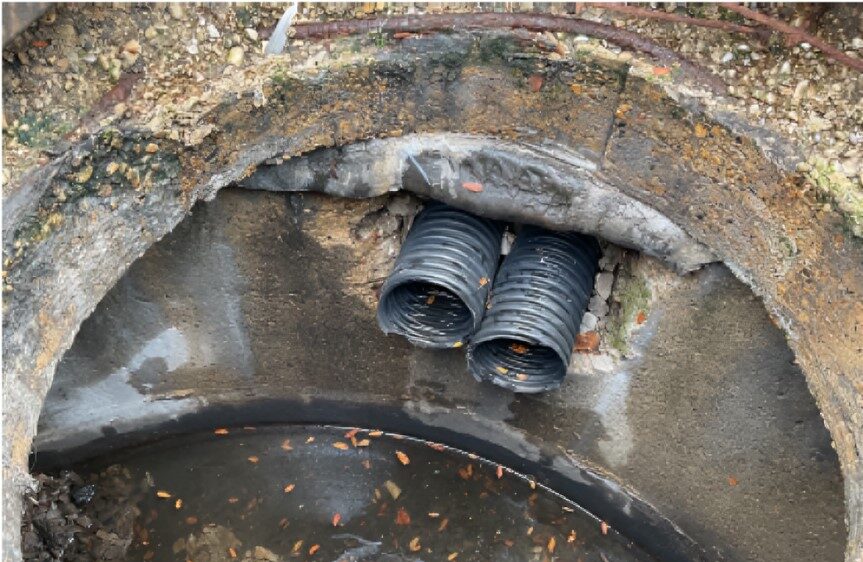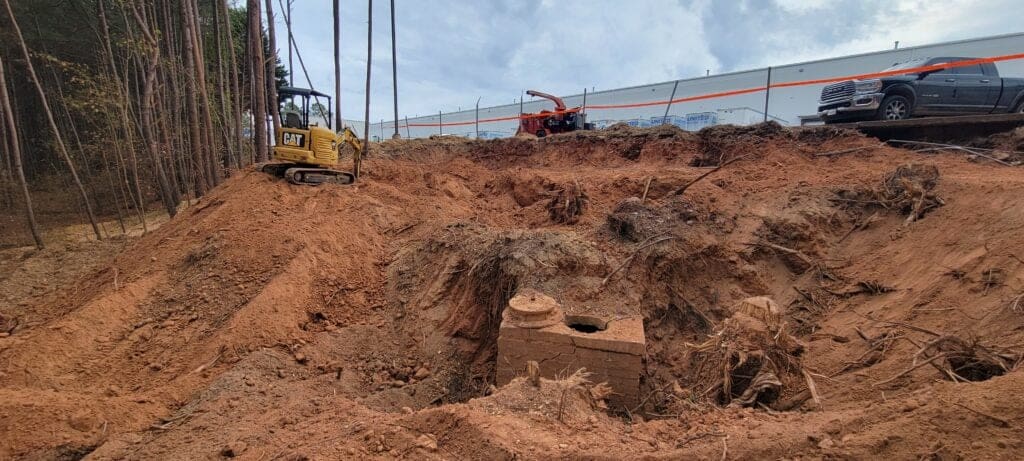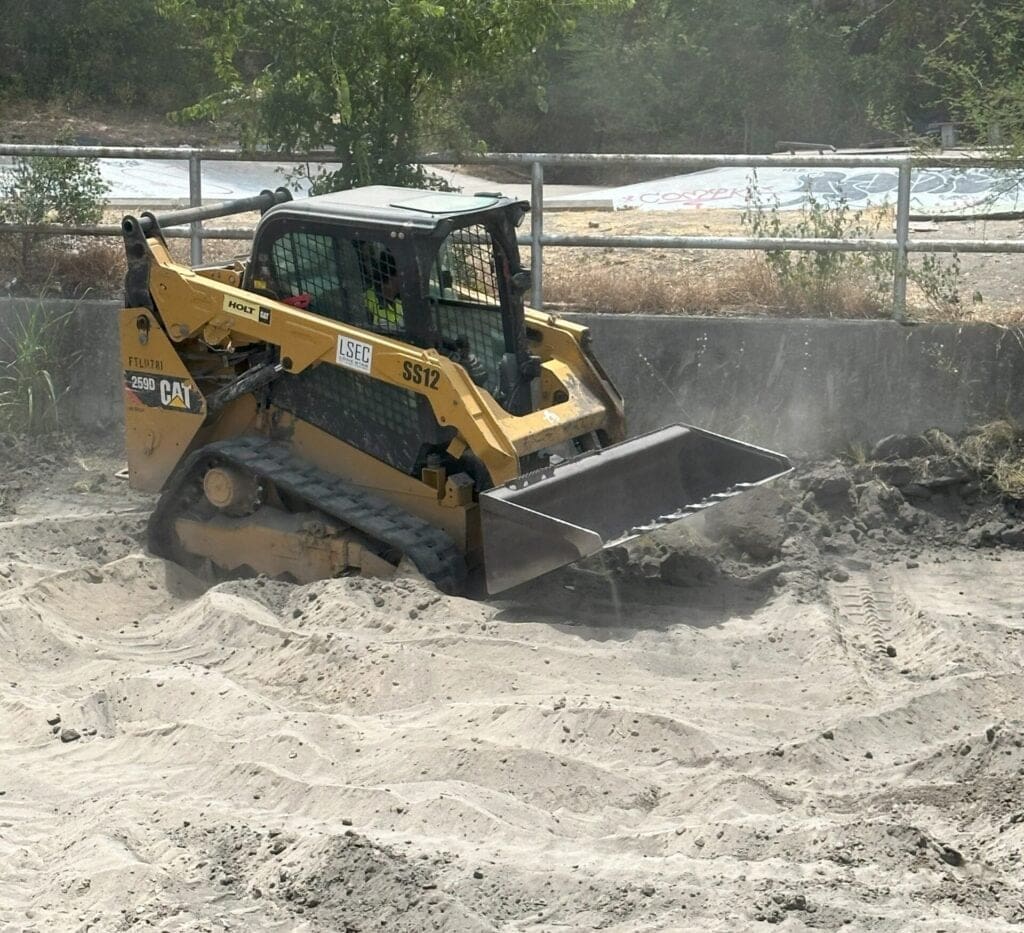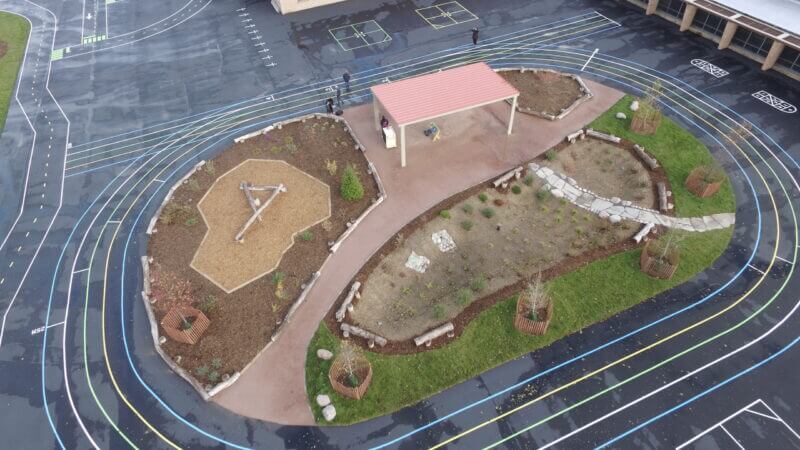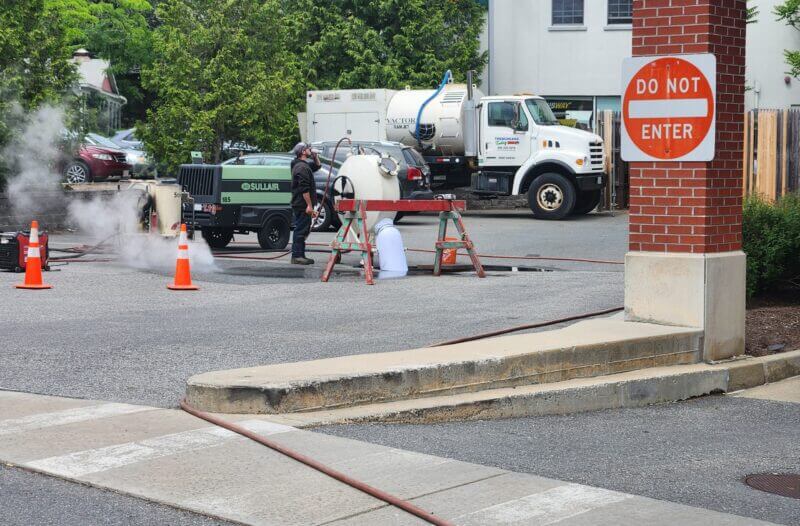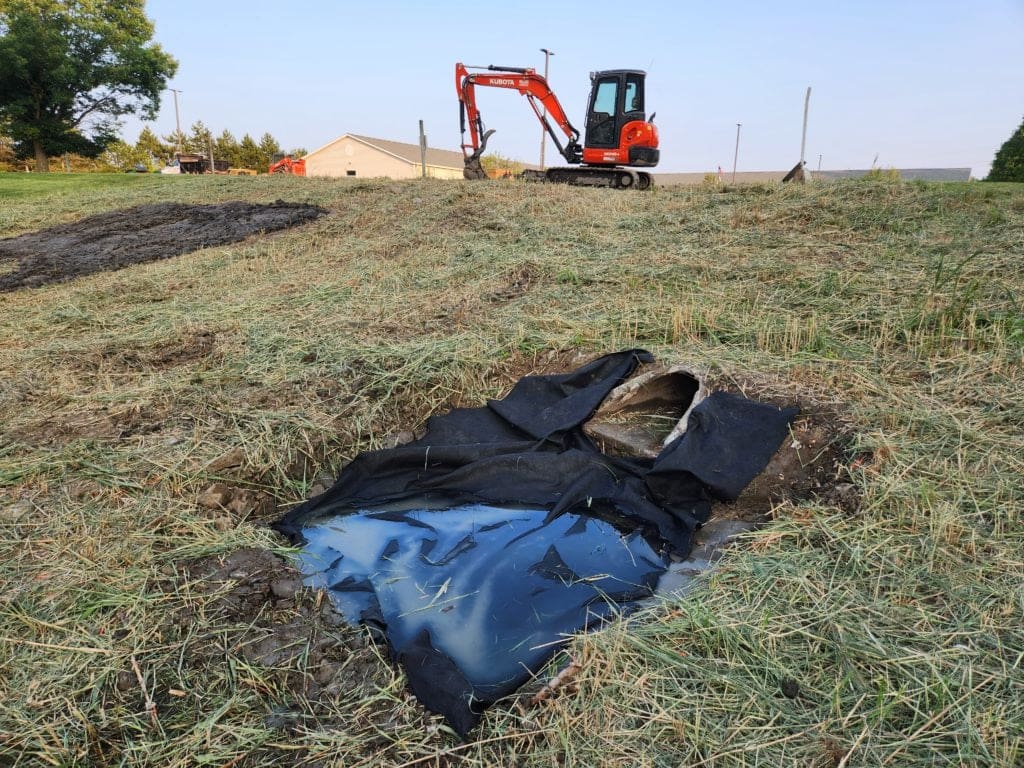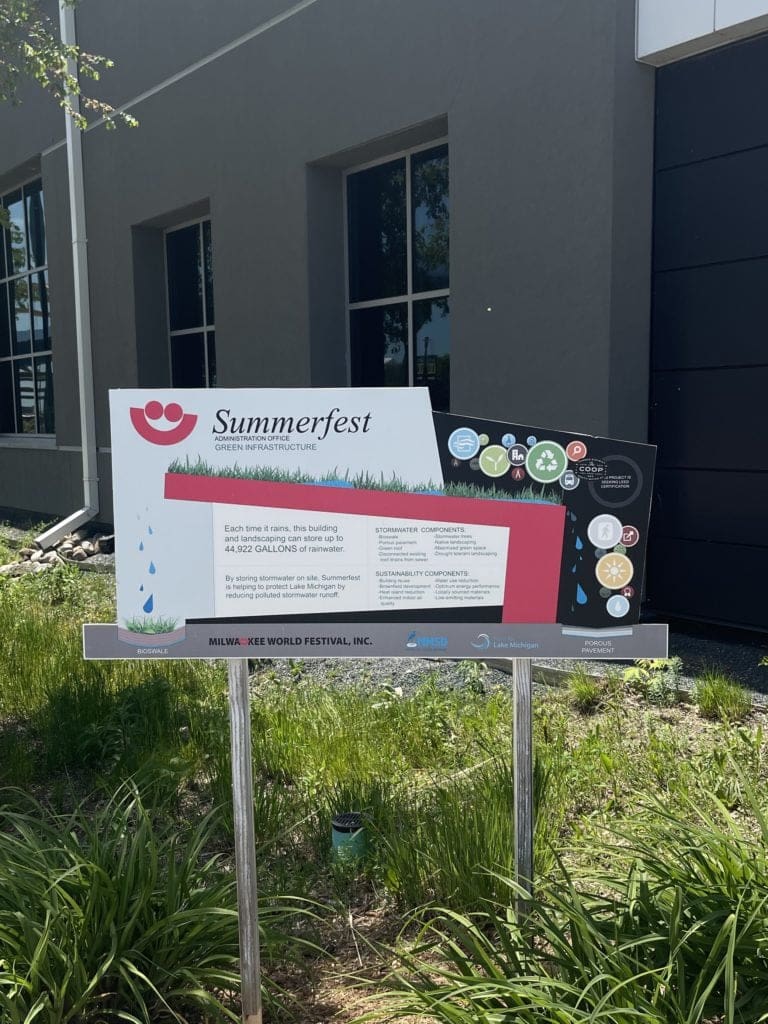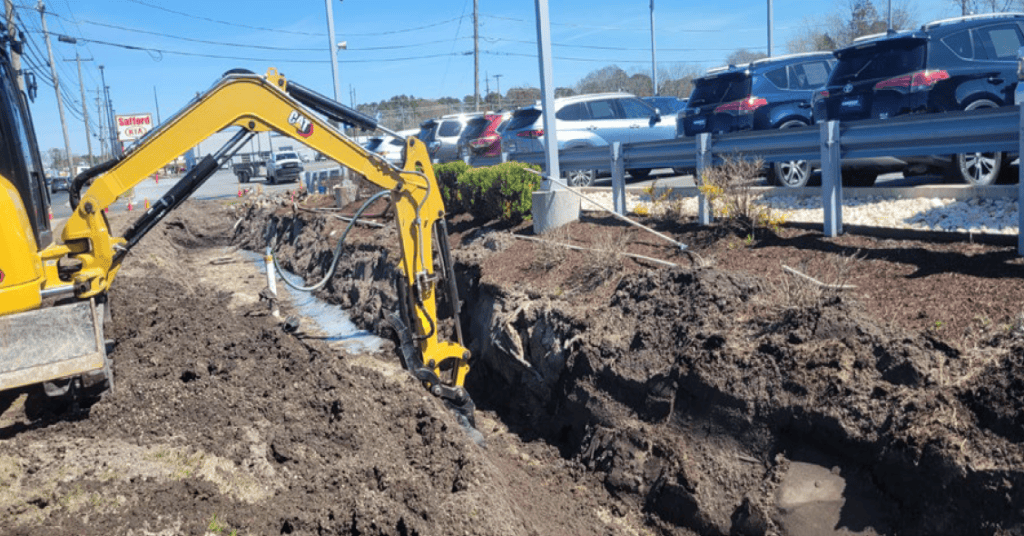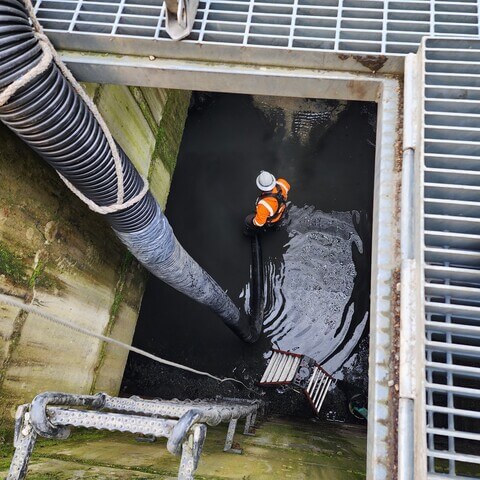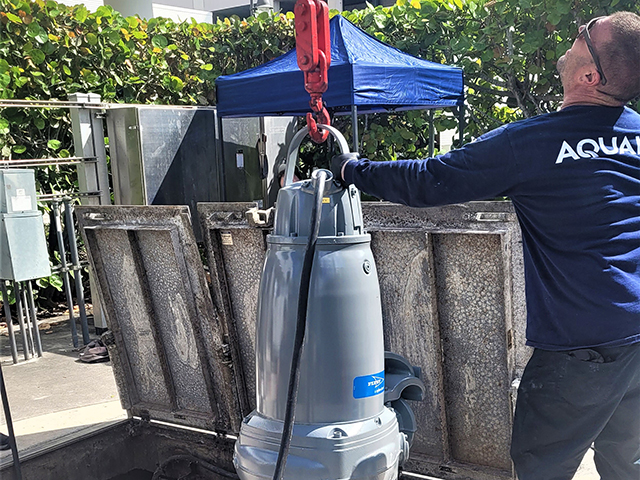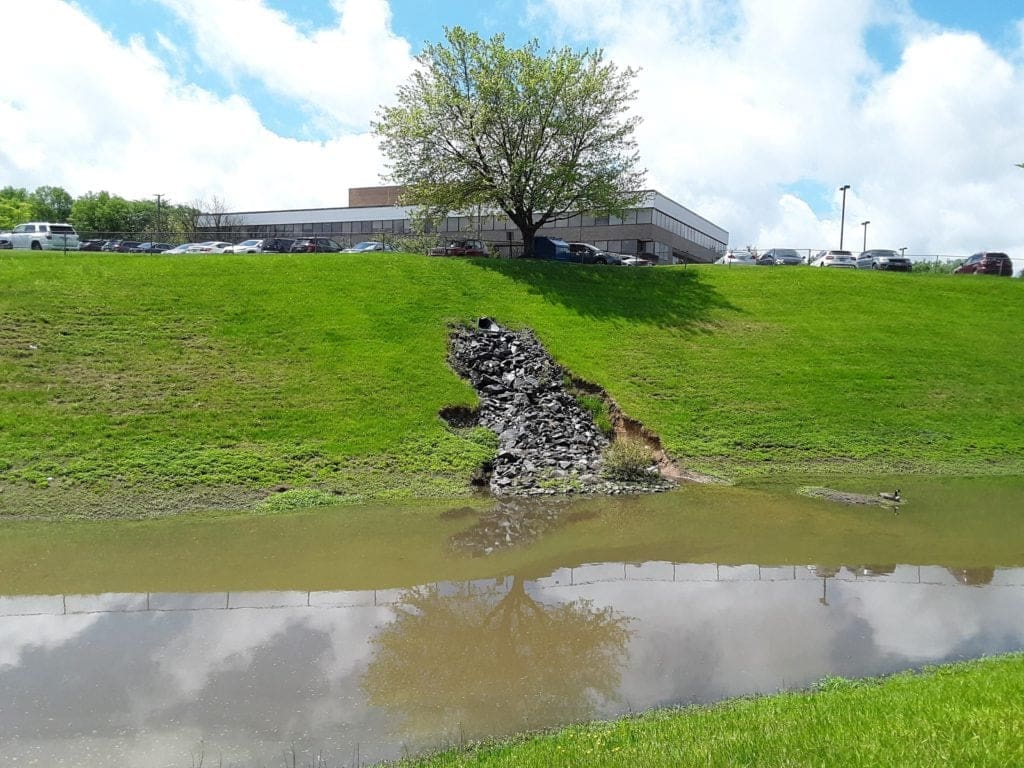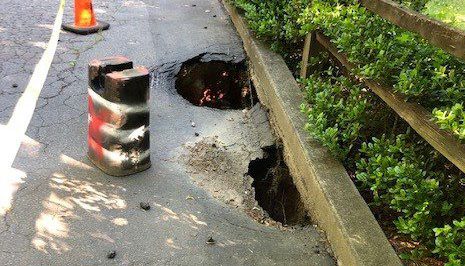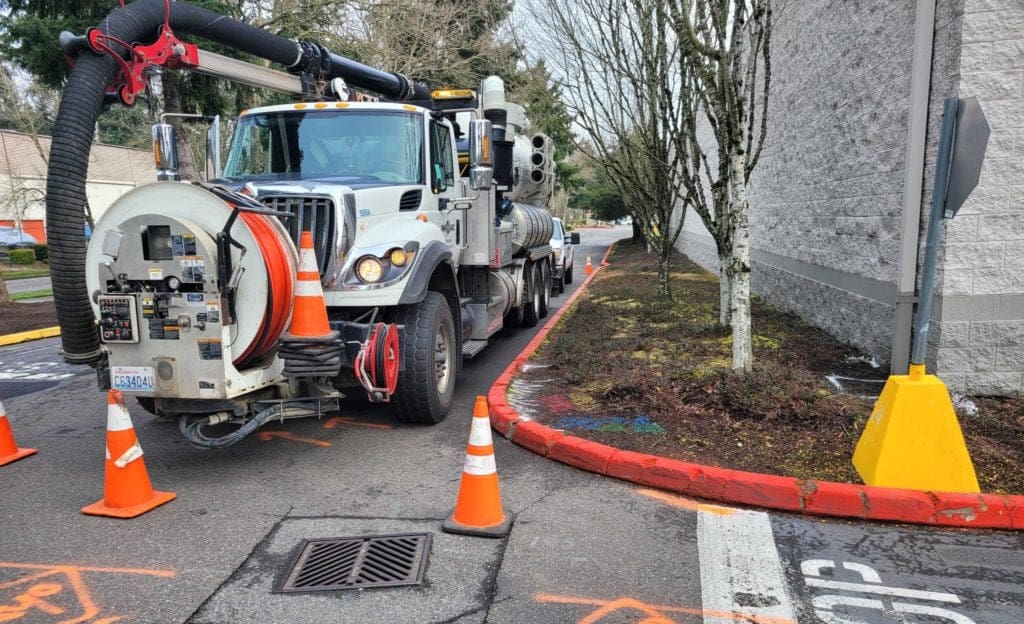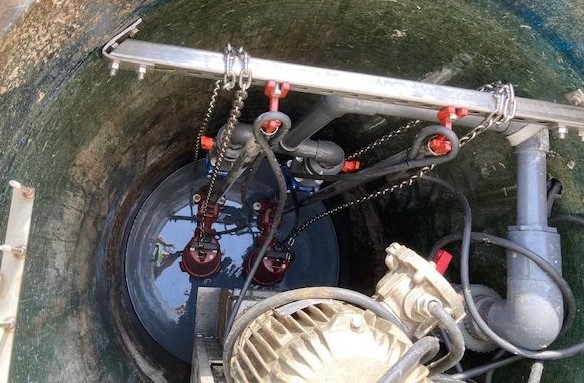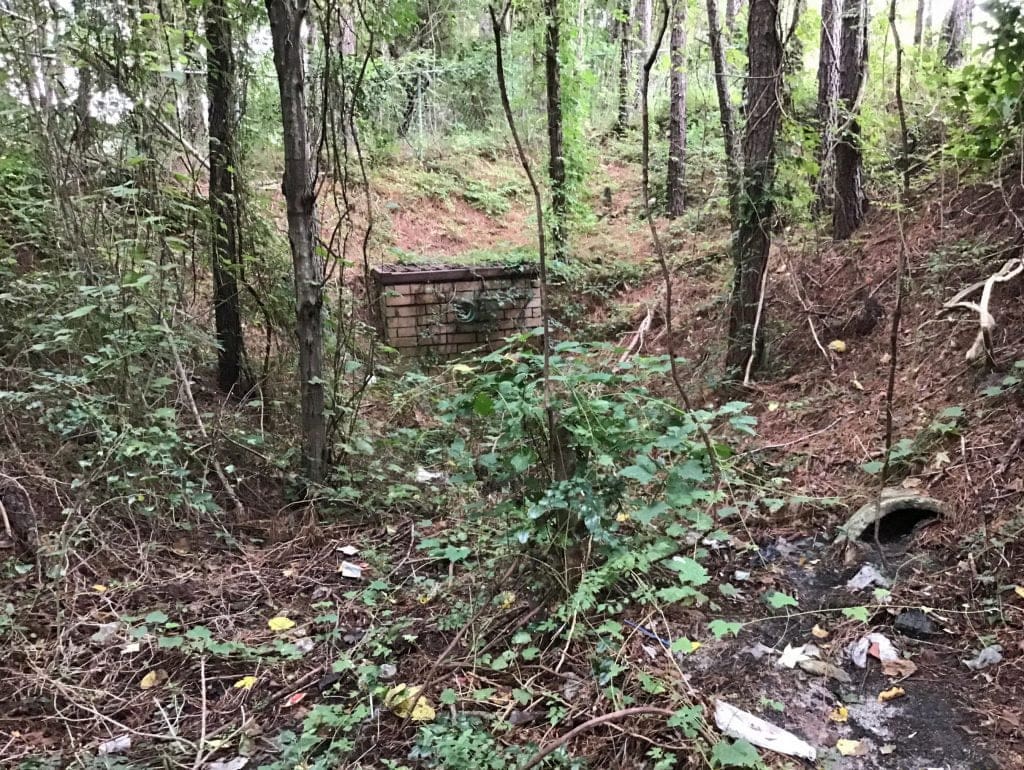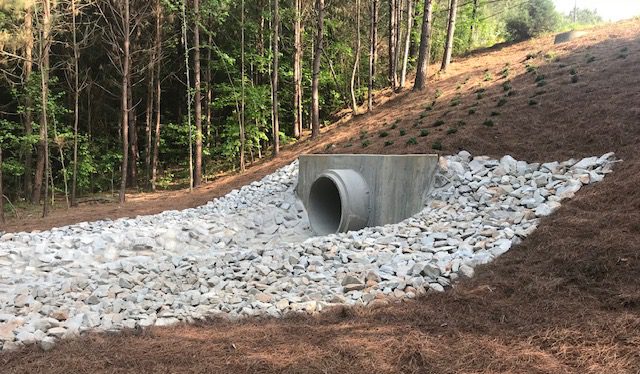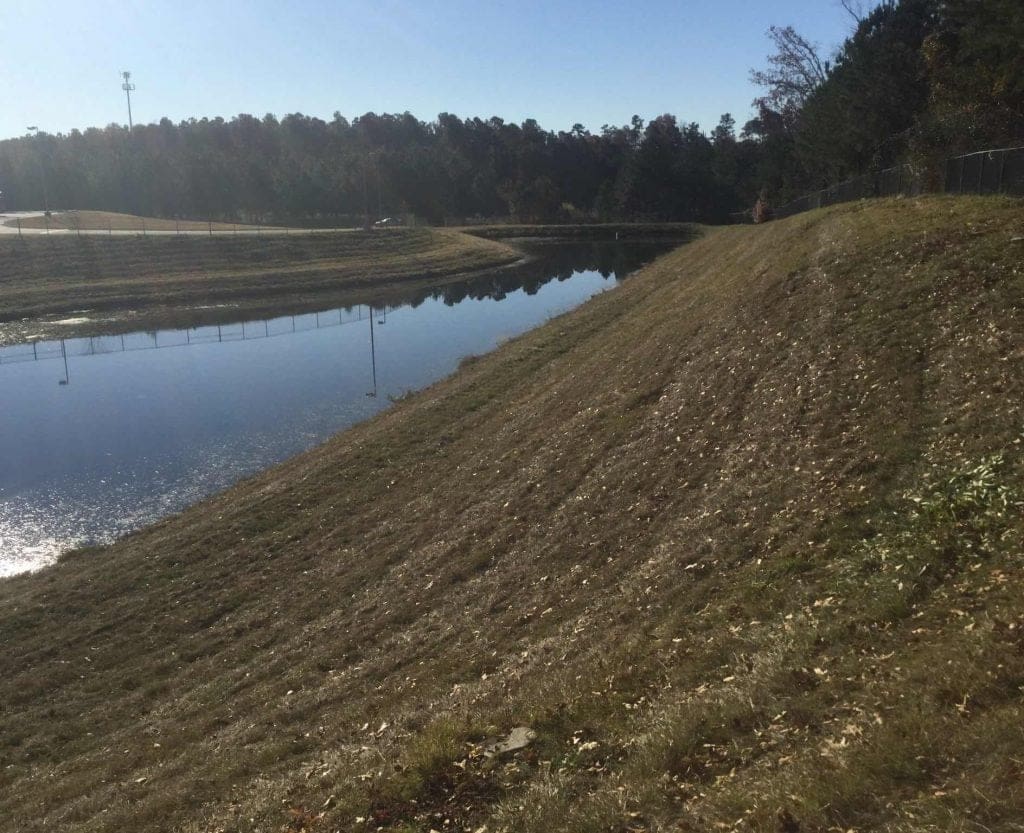Analysis & Evaluation

Analysis and Evaluation Services
Analysis & evaluation is the process that AQUALIS engineers use to examine and assess designed water, wastewater or stormwater utility management systems to ensure they are functioning, efficient, safe and meeting all regulatory requirements. Investing in routine analysis and evaluations with AQUALIS helps owners meet environmental and safety regulations, avoiding penalties. We ensure that your system is compliant by providing all the necessary documentation for federal, state and local regulations.
Services


Nationwide Services
Review our locations and find your local representative with our interactive search.
Benefits of Analysis & Evaluation Services
Analysis is the collection and interpretation of data to determine the performance and potential risks of utility management system. Evaluation assesses the design of these respective systems to develop safe and economical resources that use the best practices to achieve long-term sustainability while also complying with regulatory requirements.
Our Engineers collect detailed insights by analyzing how the utility system operates, how it influences other elements of service, and how each utility may achieve a common goal of all system delivering the desired services. This allows our engineers to enact the most effective decisions for design, maintenance or upgrades, prioritizing interventions to any critical areas.
Benefits include:
- Improve system performance with designs prepared for various weather events.
- Regular evaluations allow engineers to detect any potential problems, allowing for proactive maintenance as well as sound planning for system replacement or upgrade.
- Develop Risk Mitigation strategies to proactively handle potential risk.
- Allows for system optimization with improvements and innovation.
- Ensures systems remain compliant on the federal, state and local level.
What are the Components of an Evaluation?
The main components that make up an evaluation are a feasibility assessment, safety requirement, performance data, environmental impact and regulatory compliance.
What do AQUALIS Engineers Evaluate?
- Measure the performance of stormwater systems to confirm it meets design criteria.
- Verify the system complies with all regulations, including local, state, federal, as well as Environmental & Safety standards.
- Evaluate the potential risks of system failure to determine the best mitigation practices in an emergency, like flooding or contamination.
- Measure the economic impacts of options of solutions to enact the most environmentally sustainable BMPs that also provides long-term savings, including both capital and operation & maintenance costs.
What Data do AQUALIS Engineers Collect? How is the Data Used?
- Rainfall patterns and average rainfall depths using site-specific hydrological data available, typically through the NOAA.
- Develop and analyze topographic maps and digital elevation models (DEMs).
- Investigate Soil types & current land uses.
- Create models to simulate water flow and drainage.
- Identify potential system failures, like erosion or flooding.

Milwaukee Public Schools enlisted AQUALIS to assist in implementing green infrastructure in playgrounds that improve water quality and offer learning spaces.
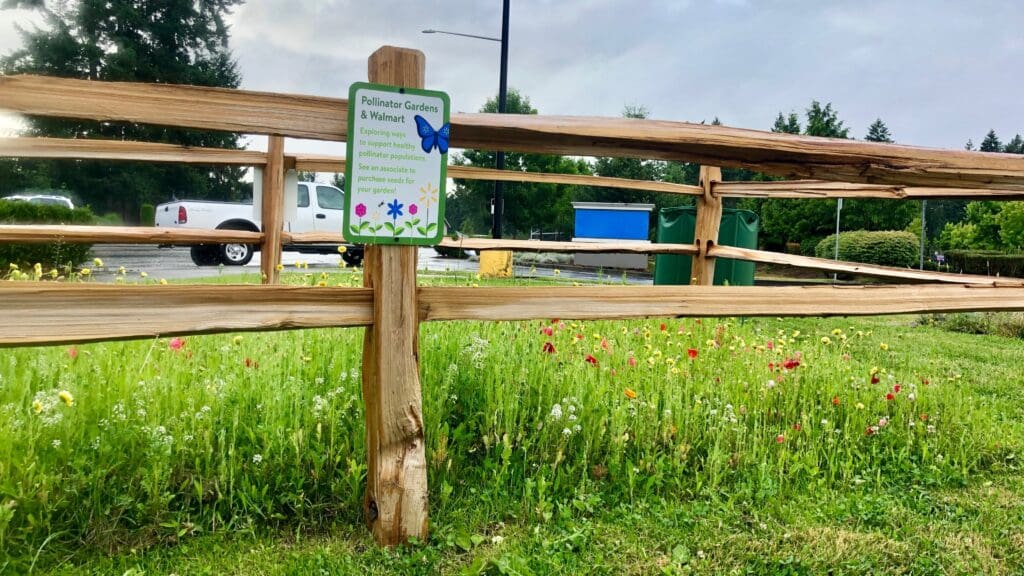
Learn more about designing GSI to meet local or regional water quality and flood risk reduction goals, that ensure long-term considerations for maintenance.
Case Studies
Did you receive an NOV? Have an urgent need? We can help.
Reach out to an AQUALIS representative today.





